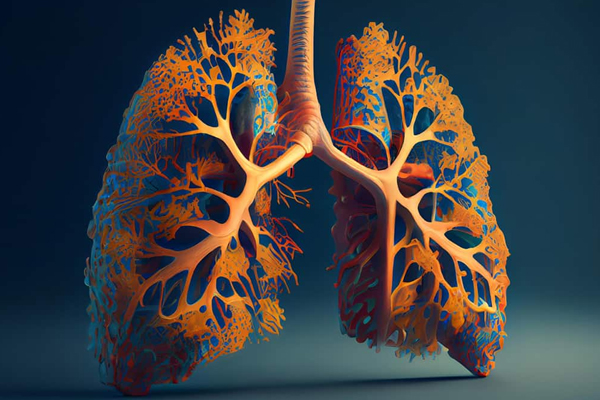Asthma & COPD Management

Asthma & COPD Management
Understanding Asthma and COPD
Asthma and Chronic Obstructive Pulmonary Disease (COPD) are both chronic lung conditions that cause breathing difficulties, but they are distinct diseases with different causes and treatments. However, both conditions share common symptoms, such as shortness of breath, wheezing, and coughing, and they can significantly affect quality of life.
- Asthma: A chronic inflammatory disease of the airways, characterized by episodes of wheezing, shortness of breath, chest tightness, and coughing. Triggers include allergens, exercise, cold air, and stress.
- COPD: A progressive lung disease, often linked to smoking or long-term exposure to lung irritants, that causes airflow blockage and breathing problems. COPD includes chronic bronchitis and emphysema.
Symptoms of Asthma and COPD
Both conditions have overlapping symptoms but present in different ways:
- Asthma: Symptoms are often triggered by environmental factors and may vary over time. These include:
- Wheezing
- Shortness of breath
- Chest tightness
- Coughing, especially at night or early morning
- COPD: Symptoms are more persistent and progressively worsen over time:
- Chronic cough (often with mucus)
- Shortness of breath during physical activity
- Wheezing
- Frequent respiratory infections
- Fatigue
Diagnosis
Accurate diagnosis of asthma or COPD involves lung function tests and patient history:
- Spirometry: Measures lung capacity and how well you can exhale.
- Peak flow meter: Helps assess how quickly you can blow air out of your lungs (used for asthma).
- Imaging (X-rays or CT scans): For COPD, imaging can reveal lung damage.
- Allergy tests: May be used to identify asthma triggers.
Management and Treatment
1. Medications
Medications are key to controlling symptoms, reducing exacerbations, and improving quality of life.
For Asthma:
- Inhaled corticosteroids: Reduce inflammation in the airways.
- Bronchodilators: Relax airway muscles and open the airways.
- Quick-relief medications: Fast-acting bronchodilators for immediate relief during an asthma attack.
- Biologics: Advanced treatments for severe asthma targeting specific immune responses.
For COPD:
- Bronchodilators: Long-acting medications to relax muscles and help airflow.
- Inhaled corticosteroids: Reduce inflammation for those with frequent exacerbations.
- Phosphodiesterase-4 inhibitors: Reduce lung inflammation in severe cases.
- Oxygen therapy: For those with low oxygen levels.
- Antibiotics: To treat respiratory infections, which can worsen COPD symptoms.
2. Lifestyle Changes
- Quit smoking: The most critical step in managing COPD and improving lung function.
- Avoid triggers: For asthma, avoiding allergens, pollution, and cold air is key.
- Regular exercise: Strengthens respiratory muscles and improves lung capacity.
- Healthy diet: Supports immune function and reduces the risk of infections.
3. Monitoring and Prevention
- Asthma action plan: Personalized management plans for symptom control and emergency response.
- Vaccinations: Flu and pneumonia vaccines to reduce the risk of infections, particularly for COPD patients.
- Pulmonary rehabilitation: Programs for COPD patients to improve lung function and manage symptoms.
4. Surgical Options (for COPD)
In severe COPD cases, surgery may be necessary:
- Lung volume reduction surgery: Removes damaged tissue to improve breathing.
- Lung transplant: In extreme cases.